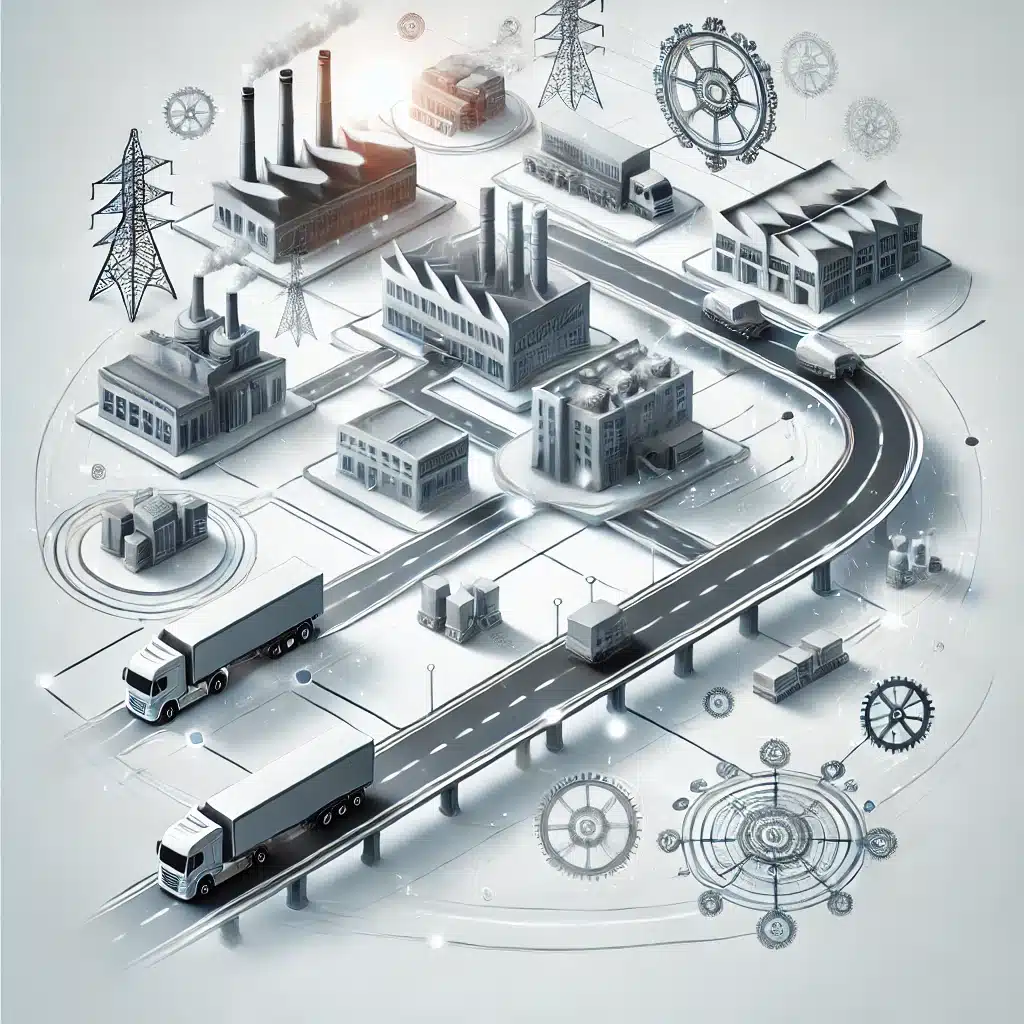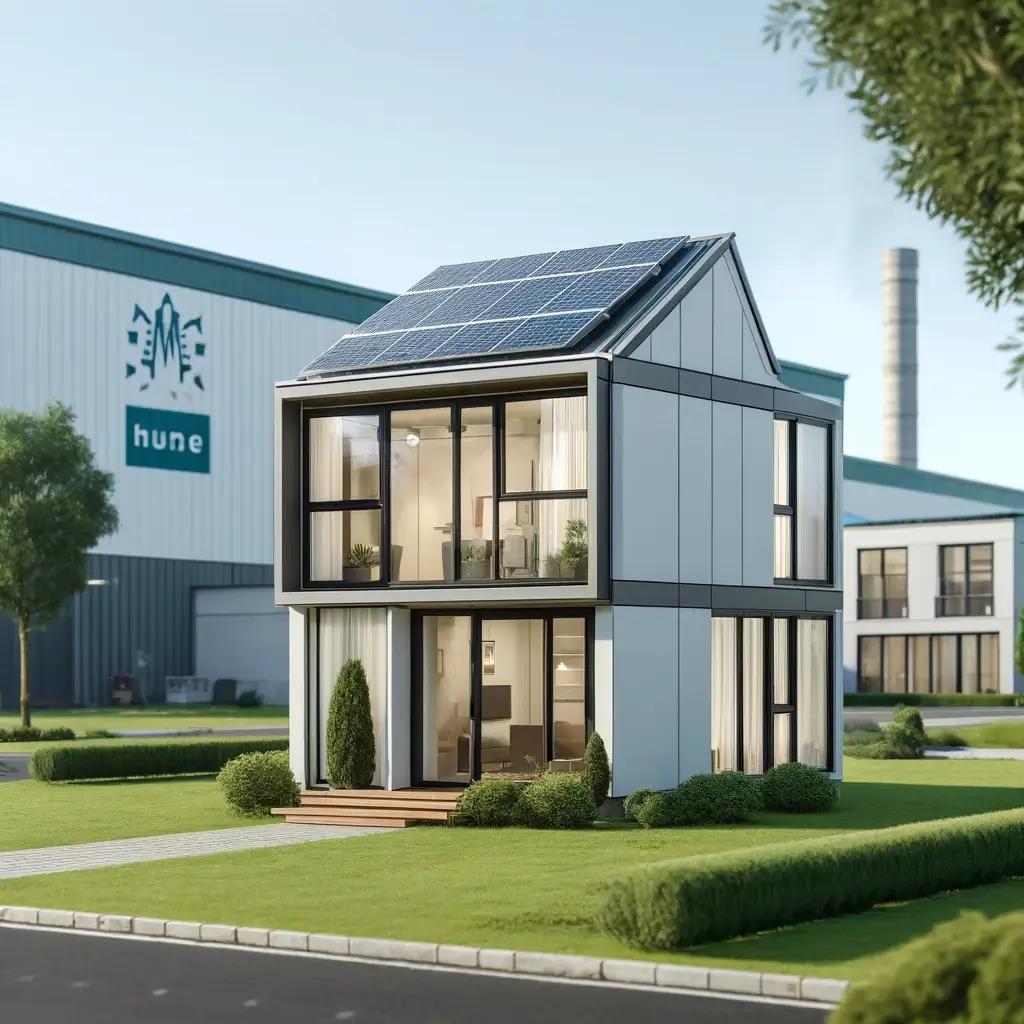Production monitoring, What? How? Why?
This article aims to answer these questions in addition to offering you some tools to start tracking Your own Goals now!
What is Production Monitoring?
Production tracking allows you to:
- Monitor your goals
- Control and predict their achievements
- Increase its responsiveness (Preventive Maintenance, Monitor productivity drops, etc.)
Production monitoring corresponds to all the actions undertaken to monitor and control production activities. The purpose of this follow-up can be to watch production objectives (number of products manufactured, downtime, etc.) or the state of a machine (motor amperage, cycle time, etc.).
To improve, you must necessarily be able to compare yourself. By following its production, we can easily follow the evolution of our performance and check the impact of improvements on our processes. To be optimal, you have to target the right performance indicators.
These indicators should reflect the goals and direction of the business. We can find strategic, tactical, or even operational performance indicators.
In addition, monitoring your objectives or the state of your machines in real time allows you to make better decisions more quickly. This, therefore, reduces the reaction time of the company.
For example, we can monitor the temperature of a machine to predict a mechanical breakdown before it occurs!
Or, production supervisors can go and check what is happening at a workstation when they notice a drop in productivity.
What are the Elements to Control OR Follow?
What should we follow? Several options are available to you depending on what you want to accomplish!
Here are some interesting metrics for a business to track and why.
These are presented in the form of tables separated into 4 categories.
Example of indicators
| Productivity | Quality | Maintenance | Health security |
| Productive time | Number of defects | The amperage of a motor | Number of accidents without loss of time |
| Qty of products produced | Number of retakes | Machine downtime | Number of accidents with loss of time |
| Overall operation effectiveness (OEE) | Rework time | Machine temperature | Number of incidents |
| Number of cycles | Number of rejects | Rotational speed (bearing wear, etc.) | Monthly qty of first aid items used |
Key Process Indicators (KPIs)
The indicators must be chosen wisely and correspond to the company’s strategy. To operate effectively, one must collect reliable data (“Garbage in – Garbage out”) on KPIs.
That is to say that we must follow indicators that allow us to have a quick overview of the performance of the company. In this way, it is possible to react quickly and efficiently to variations in production.
In this way, we seek to maximize its production and optimize its value chain!
We must aim for production with the most value-added operation (what the customer is willing to pay for our services).
How to monitor production?
To follow the production of your company, we suggest a 4-step method
- Identify your key process indicators
- Collect Data
- Data processing and analysis
- Control
As an engineer myself, this methodology has already been used to implement systems for monitoring the performance, quality, and condition of certain machines (preventive maintenance of certain critical equipment).
Step 1: Identify key process indicators
The first step is to determine what you want to measure, track and control. We must identify the indicators that will allow us to have a quick overview of our production. In addition, this data must reflect the objectives of the company.
To establish the indicators, we can rely on production objectives, target critical equipment (production bottlenecks), think about it in small groups, etc.
When we choose our indicators, they must be measurable and quickly reflect the state of the situation of a workstation. With the advent of 4 and 5.0, we are constantly trying to obtain information in real-time. To remain consistent, the data must therefore reflect the current status of a position or equipment.
For example, consider a company that produces an average of 500 products per day in 10 hours of work. One could use the hourly production rate (50 units per hour) to assess the productivity of the factory. In this way, at any time of the day, we can have a quick idea of the productivity of this plant!
To exaggerate the concept, imagine if we had decided to follow the weekly production (2500 units per week). It becomes difficult to have a clear and quick idea of the situation at a specific moment in the week. It is doable, but you will have to calculate and put the numbers into perspective each time. If Wednesday we are at 700 units, is it good or not?
So that’s what we’re looking for, indicators that allow us to compare ourselves to our production objectives at any time, quickly and efficiently.
In a maintenance context, we will look for indicators that allow us to know if our equipment is in control or if it requires a visit from the maintenance team before it is too late!
Step 2: Collect Data
Once the indicators have been targeted, the data must now be collected. To obtain them in real-time, it is necessary to use intelligent sensors (connected to the internet) to send them back to an interface. The interface (for example a television) will display the data in real-time.
In addition, a database is used to compile and store the data. This requires the help of a programmer, but then allows us to better process and analyze our data. In a performance monitoring context, we can use this information to target the root causes of our inefficiencies.
Sensors can also be used to track the status of certain machines. For example, a temperature sensor could be used to ensure that a motor does not overheat. We can therefore do preventive maintenance and reduce our maintenance costs.
Before displaying, compiling, and processing the data, it is important to verify its accuracy. In case of variation, for example between a physical and numerical count, the source of error must be found and eliminated.
This step can be done with the help of a subcontractor or internally if you have an IT team. Several types of sensors exist and allow the collection of data in real-time. In the past, data was compiled manually with the help of ERP. However, we did not have access to his data until 2-3 hours later. To increase their responsiveness, smart products are much more efficient.
Step 3: Data processing and analysis
Now that the connections are made and the data is reliable and available, we can move on to data processing. We can do data processing “live” or with the help of data history.
Real-time
With live information, we can now establish clear instructions for our supervision teams. We can even introduce color codes on our display to facilitate data analysis.
For example, if a workstation has been down for more than 5 minutes, we send a supervisor or a team leader to see what is happening. Or, if a machine exceeds a temperature of 60°C, the machine is shut down and a mechanic is sent to see what is causing this overheating.
Data History
With the help of the database, we can analyze our data history and do Pareto studies to target what causes our machine downtime, our productivity decreases or increases, etc.
This allows for targeted continuous improvement. In the sense that we will seek to work on the 20% of causes that cause 80% of the effects (Pareto principle).
Thereafter, we can use the classic tools of continuous improvement such as Kaizen, Ishikawa diagram, 5S, etc. to improve our performance!
Step 4: Control
This last step consists in validating that our production monitoring project lasts over time and meets our initial objectives.
In all good projects, it is interesting to take a step back and assess what has gone well and what has not gone well. This allows us to learn from our mistakes and our successes to improve our future projects.
At this stage, we can also think of replicating this type of project in our other departments, factories, etc. if there are places.
7 Good Reasons to Follow your Production!
Why would anyone want to follow its production?
Here are 7 good reasons to do so!
-
Increase the responsiveness of our teams (react in real-time to drops in productivity, increase in non-quality or predict a failure)
-
Target our weaknesses and improvements
- Get the facts straight (Production VS Objectives OR State of machines OR others?)
-
Raise awareness and empower our teams (in the face of production stoppages or others)
- Quickly and efficiently measure or validate the effect of our projects
-
Increase the reliability of collected data (data with human manipulation VS Smart Products)
- Reduce maintenance costs (Preventive VS Corrective)
Example of production monitoring – Tools and Principles
To collect your data, several companies offer their service depending on your region to help you choose the right equipment (sensors, PLC, drive, encoders, etc.) and to program them to collect your data live.
This section presents some examples already made or seen in business to give you ideas for your business!
| Type | Data | Tools and Principals |
| Productivity | Quantity of products produced |
Using an automaton and a photoelectric cell, we increment by one each time a product comes out of a machine. This measures the number of products produced per unit of time. |
| Productivity | Number of machine cycles |
Using an electrical pulse sensor, one can count the number of times a machine completes a cycle. The instrument measures energy peaks. |
| Productivity | Downtime |
A current sensor and a counter can be connected to measure the value-added time of a machine. It is also possible to add conditions in the program to accumulate waiting times exceeding x minutes for example. |
| Productivity | Transit time |
Here, one could use RFID chips to measure the dwell time of a manufactured unit. A first terminal is placed at the start of the production line and one at the end. This same principle could be used in a clinic with a patient. |
| Maintenance | Rotational speed |
To measure the rotational speed of equipment, a digital tachometer can be used. Via the IoT, we connect it to our display system and we follow the status of rotating equipment. |
| Maintenance | Temperature |
We can connect temperature probes to our display to return the reading of these and monitor our equipment remotely and in real-time. You can monitor the temperature of an engine, a pool, a heating element, etc. |
| Maintenance | Electrical Intensity |
With a current sensor, you can track the amperage of a machine. For example, if a motor increases in amperage, an intervention can be carried out before it breaks down. |
*For automatons, you can either use those already present in the machines or add them.
There are several different ways to capture the same data. The advice of an expert will allow you to carry out your projects at a lower cost!
These examples are intended to stimulate your creativity and give an overview of what can be followed in a production plant or a service company.
Conclusion
In this article, we describe what production monitoring is, how to do it and why to do it. All good companies measure and follow the evolution of their production. This allows, among other things, to increase its reactivity, reduce its maintenance costs, have the right time for its objectives, etc.
In the last section of the text, follow-up examples are presented to help the reader visualize what a production follow-up can be. Tools are also presented to give ideas of the type of equipment that can be used to be in control of its processes.
Force is to conclude that a good production follow-up allows any company to improve quickly, and efficiently, and this in several ways!








